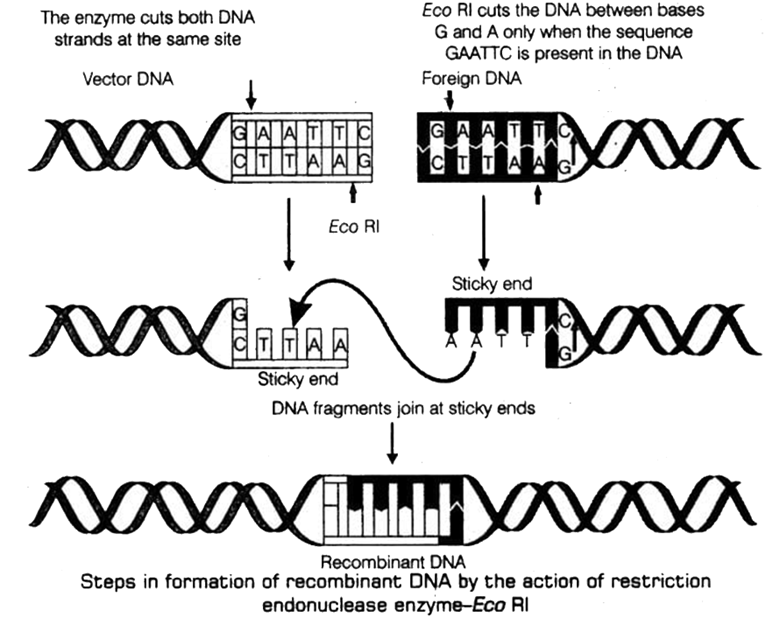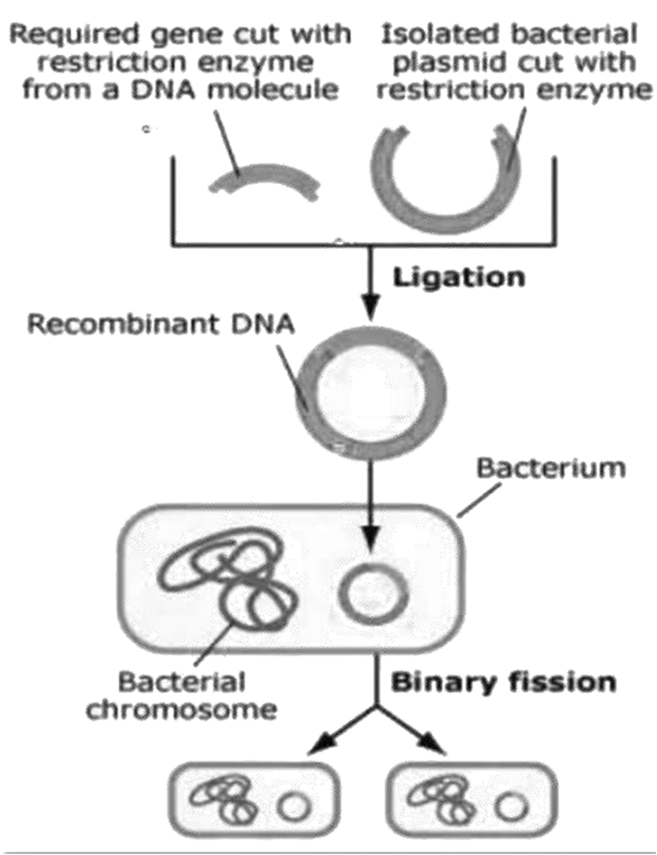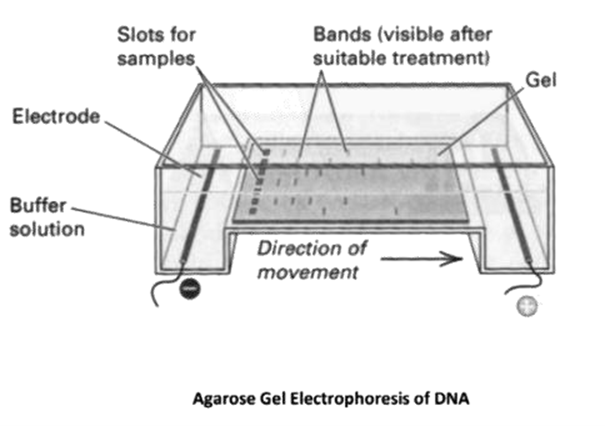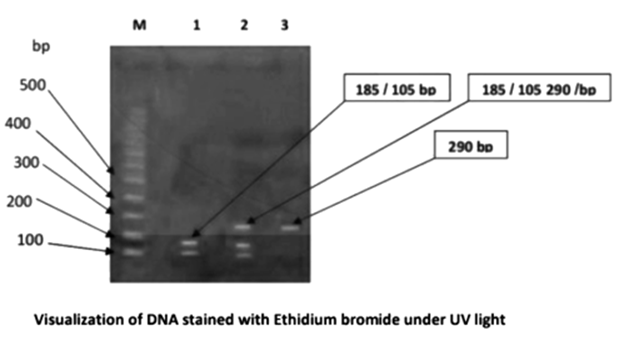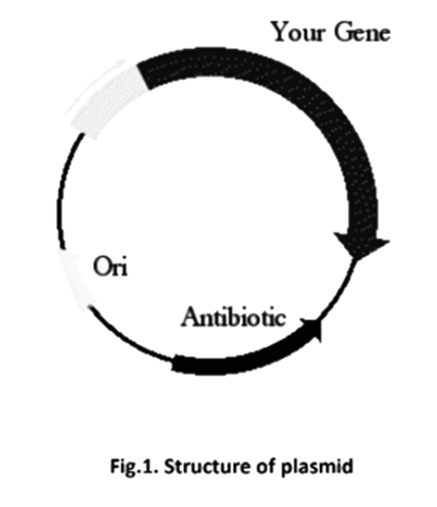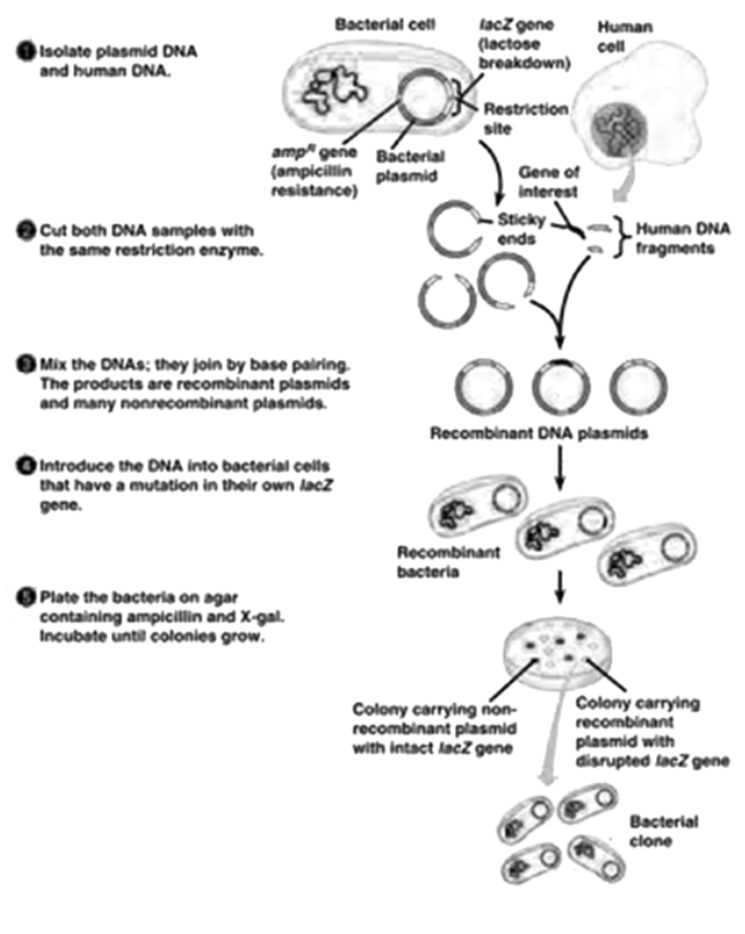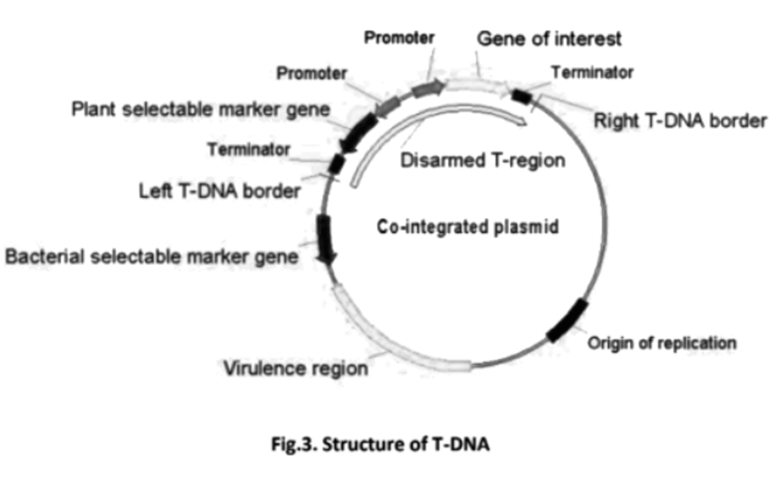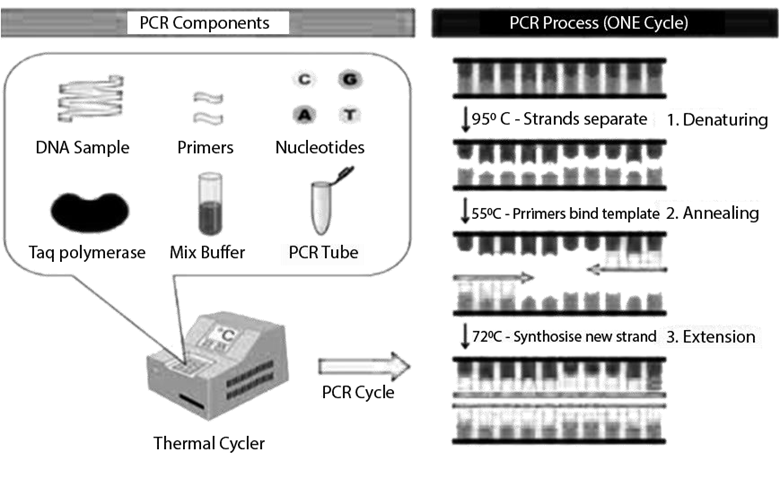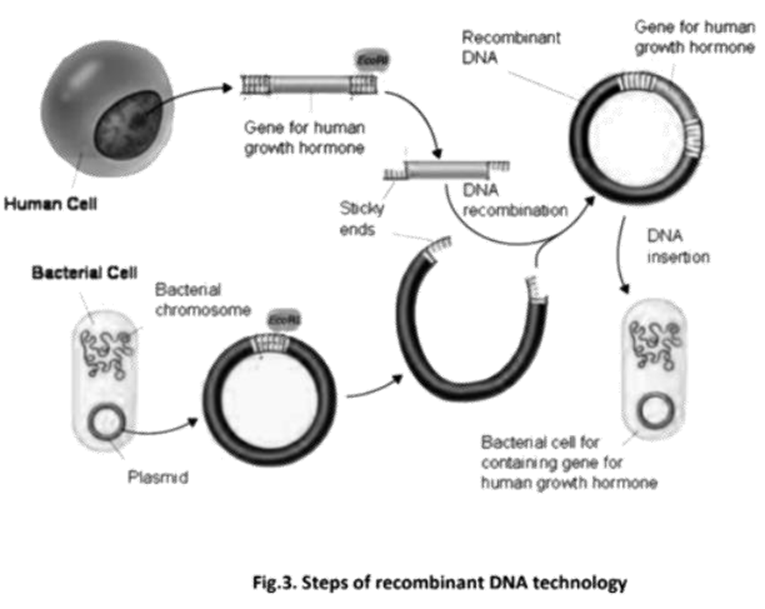Biology Class 12 Biotechnology Principles And Processes Notes - FREE PDF Download
FAQs on Biotechnology Principles And Processes Class 12 Notes: CBSE Biology Chapter 9
2. What is a cloning Vector? What are its properties?
Cloning Vectors are the DNA molecules that carry foreign DNA fragments into a host cell.
3. What is biotechnology?
Biotechnology is the technology that uses living organisms or their enzymes to produce products and create processes that help mankind. For example, the In Vitro Fertilization technique that is required in the test tube baby process involves getting the egg of the mother and sperm of the father out of their bodies and fertilizing the egg in an artificial environment. Similarly, Curing genetic diseases by correcting the defective gene from the respective DNA, is another example of biotechnology.
4. What are biotechnology and its principles?
Biotechnology is the process that combines biology and engineering. It is a technology that involves living organisms and their products to help mankind.
The principles of biotechnology are as follows:-
In genetic engineering, the DNA and RNA of an organism are manipulated directly. In this, new genes are transferred to an organism, or defective genes are corrected, to cure disease, produce antibodies, vaccines, enzymes etc. To achieve this, the desired gene is cut using 'molecular scissors. It is then linked to a plasmid and vector using ligase and transferred to the host organism.
5. What is recombinant DNA technology?
Recombinant DNA technology is a process that changes the phenotype of a host organism by introducing and integrating a genetically modified vector in its genome. In other words, this method introduces a foreign piece of DNA that contains the gene of our interest into the genome that we want to change. The gene that we introduce is called recombinant gene and the method is called recombinant DNA technology. This process involves several steps, tools and techniques.
6. What do you mean by the origin of replication?
In a chromosome, a particular sequence is responsible for initiating replication which is called the ‘origin of replication. In biotechnology, to replicate any foreign DNA fragment that carries the gene of interest in an organism, the piece of DNA must be linked at the part of the chromosome that has that specific sequence of DNA, or the origin of replication. Only then, the foreign DNA will be able to replicate and multiply in that host organism.
7. What is a selectable marker? Why is it necessary?
A selectable marker is a sequence of DNA that is used to identify the non-transformants, and subsequently deleting them, so that the growth of the transformants can be permitted selectively, in genetic engineering. For example, Chloramphenicol Tetracyclin or Kanamycin is used as a selectable marker for E-coli.
Selectable markers are necessary to identify and eliminate non-transformants, and selectively permit the growth of transformants in biotechnology.
8. What topics are covered in the Biotechnology Principles and Processes Class 12 Notes?
Biotechnology Class 12 Notes cover key topics like recombinant DNA technology, genetic engineering, cloning vectors, and gene transfer techniques.
9. How can Vedantu’s Class 12 Biology Ch 9 Notes help in exam preparation?
Vedantu’s Biotechnology Principles And Processes Short Notes simplify complex concepts, include diagrams, and provide summaries, making it easier to revise and understand key topics for exams.
10. How can I download Class 12 Biotechnology Principles And Processes Notes?
You can download the FREE PDF of Biotechnology Principles And Processes Class 12 Notes directly from the Vedantu website.
























